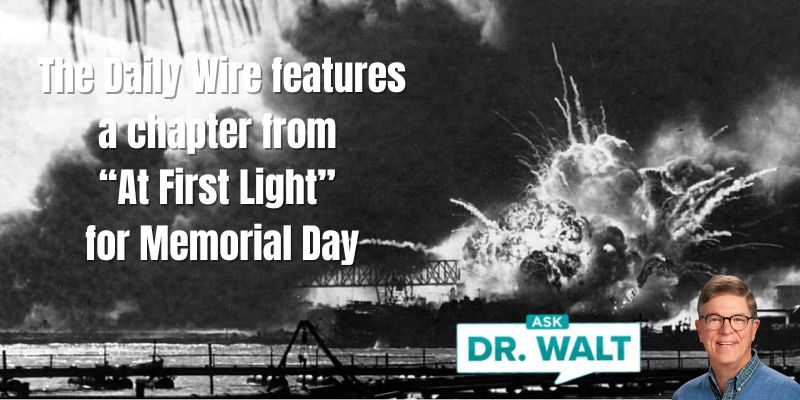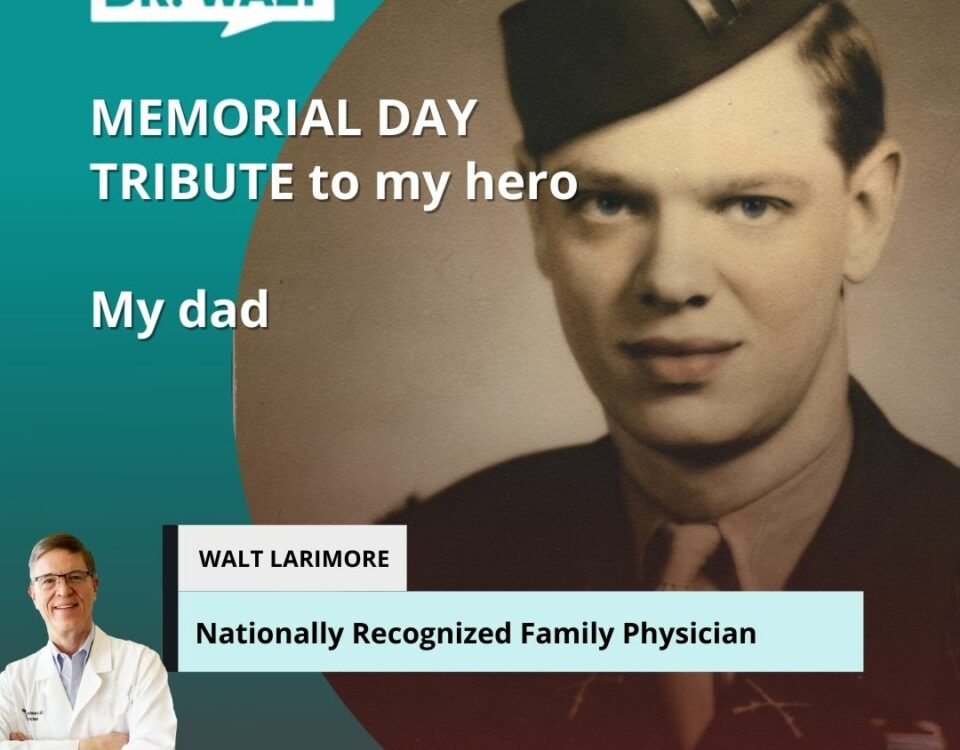
A sweet blog about the Bryson City books, Kate, and cerebral palsy
May 22, 2024
Day 7 — Our Scotland and Ireland Adventure
May 22, 2024“We who are living know the success of the Division, and our own very existence is due mainly to those who unselfishly gave their lives in battle. That realization will be with us always.” Major General John W. “Iron Mike” O’Daniel of the 3rd Infantry Division during the Battle of Anzio.[1]

In the early evening of May 22, 1944, Phil and his men were on the move, which felt good. After months of rain, wind, and even snow, the weather had turned noticeably warmer. The crippling hot summer months were just around the corner.
Phil and Ross were part of the 30th Infantry Regiment’s march toward the front on a balmy evening, where spikes of twilight glistened through a pine forest. When the men exited the grove, the 3rd Division Band played “Dogface Soldier,” the famous marching song of the Marne division. The men sang along, lustily: “I’m just a Dogface soldier with a rifle on my shoulder, and I eat a Kraut for breakfast every day.”
“Judging from the remarks of the guys to bystanders and the way they’re razzing each other, I’d say morale is higher than ever,” Ross observed.
“They’re singing and whistling. Some are almost skipping,” Phil responded. “Look how high they’re holding their heads. I’d say you’re spot on, partner. Their attitude’s the best I’ve seen in my three months in this slugfest.”
“For me, it’s been like this since Sicily,” Ross said. “I don’t think our men could have been better prepared physically or better conditioned mentally to enter a difficult action. At dawn, we’ll bust through those Kraut bastards and begin the race for Rome. Hopefully, we’ll beat the damn Brits there.”
“You know what I think?” Phil asked.
Ross shook his head.
“Once the capital city falls, Italy is ours!” Phil exclaimed.
“You got that right, Daddy-O!” Ross replied, slapping Phil on the back.
The men looked up. In front of them, thick clouds of man-made smoke produced a low-hanging curtain that concealed the telltale dust of hundreds of moving troop columns.[2]
As dusk descended, the artillery commenced what appeared at first to be another of its irritating nightly serenades, and the gun flashes merged like chain lightning. In addition, Phil could hear the distant artillery explosions to the south, where the Fifth Army was pushing north from Cassino after smashing through parts of the Gustav Line, the German’s main defensive boundary.
A short distance ahead, beyond the woods, were the front lines that had been braced and fortified by the Germans to a point almost unparalleled in the war. In the previous months, three massive German offensives had not only failed to push the Allies into the sea, but they had made no progress at all in reducing the size of the beachhead.
The exhausted enemy reverted to strengthening their defensive fortifications, bringing additional troops to the front, and placing untold thousands of anti-tank and anti-personnel mines. The enemy had also placed weapons on tactically key terrain to cover nearly all routes of approach. The Allied soldiers would be exposed because much of the ground was flat with few folds, ditches, ravines, or brush.
As darkness fell and gathering clouds dropped a bit of rain, dampening the American GIs’ uniforms, Phil issued a quick thank-you prayer. He and his men were now guaranteed that their movements would stay relatively secret with a combination of man- and Mother Nature-created cloud cover. They settled in for the night, catching catnaps while knowing that just before dawn, the big push would start.[3]
~~~~~
On 22 May, the day before the attack out of the beachhead, the 36th Division landed at Anzio; this brought the strength of the beachhead forces to seven full divisions together with a large number of auxiliary supporting units. VI Corps had prepared three different plans for an attack out of the beachhead; on 5 May, plan BUFFALO was adopted to govern the Anzio offensive.
However, to deceive the enemy, preparations for all three plans were carried out. Essentially, plan BUFFALO projected a breakthrough on the Cisterna front toward Cori at the base of the Lepini Mountains and Velletri at the base of Colli Laziali; the attack would then continue through the Velletri Gap to Valmontone in order to cut Highway No. 6, the main supply route of the German Tenth Army.
The initial assault was to be launched through the front held by the 34th Division, with the 1st Armored Division advancing on the left, the 3d Division in the center (directly toward Cisterna), and the reinforced 1st Special Service Force on the right.
On the left flank the 45th Division was to penetrate beyond Carano as far as the Campoleone-Cisterna railroad. The 36th Division, after its arrival, was earmarked to exploit a breakthrough. The British 1 and 5 Divisions, holding the western end of the beachhead front, were to launch local attacks to deceive the enemy as to the main course of the beachhead offensive and to contain enemy forces that were opposing them.
The British divisions were detached from VI Corps and reverted to Fifth Army control on 22 May, the day before the attack.[4]
[1] Brown, 214.
[2] The Chemical Corps troops utilized the same smoke generators used to maintain a sixteen-mile “light haze” around the harbor throughout daylight hours. The density of the smokescreen was adjusted to prevent monitoring by German forward observers in the surrounding hills, but not so thick as to inhibit port operations. Every hour, the smoke generators consumed 100 gallons of fog oil, a petroleum distillate that produced an exceptionally long-lasting smoke similar to natural fog.
[3] Larimore, At First Light, 106-107.
[4] American Forces in Action. Anzio Beachhead (22 January-25 May 1944). The Breakthrough. http://www.ibiblio.org/hyperwar/USA/USA-A-Anzio/USA-A-Anzio-6.html
In case you haven’t read or listened to Dad’s book, you can learn more or order it here.
© Copyright WLL, INC. 2024.




